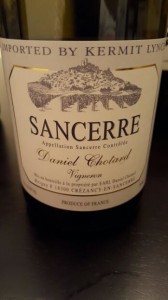GL NEWS
 Join us for our next Whiskey Tasting on February 22nd!February 1, 2024 - 1:56 pm
Join us for our next Whiskey Tasting on February 22nd!February 1, 2024 - 1:56 pm Join us for our Mural Unveiling Party!November 2, 2023 - 12:22 pm
Join us for our Mural Unveiling Party!November 2, 2023 - 12:22 pm Another chance to win an incredible bundle!October 19, 2023 - 2:42 pm
Another chance to win an incredible bundle!October 19, 2023 - 2:42 pm It’s Whiskey Tasting Time!October 11, 2023 - 8:16 am
It’s Whiskey Tasting Time!October 11, 2023 - 8:16 am Enter to Win the Ultimate Griz Football Giveaway!September 20, 2023 - 10:12 am
Enter to Win the Ultimate Griz Football Giveaway!September 20, 2023 - 10:12 am Beat this Montana Heat!August 4, 2023 - 7:43 am
Beat this Montana Heat!August 4, 2023 - 7:43 am
STORE HOURS
Monday-Saturday | 9am-7:30pm
Sunday | CLOSED
TEL
406-549-7723


